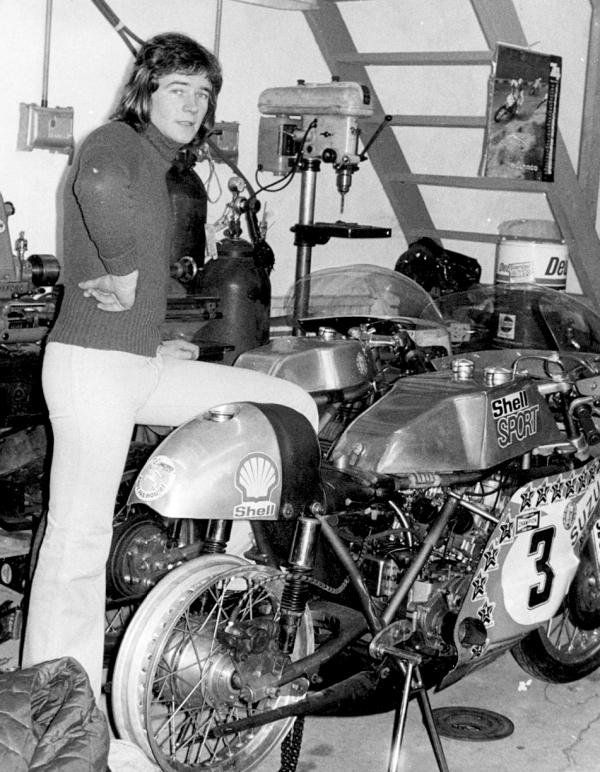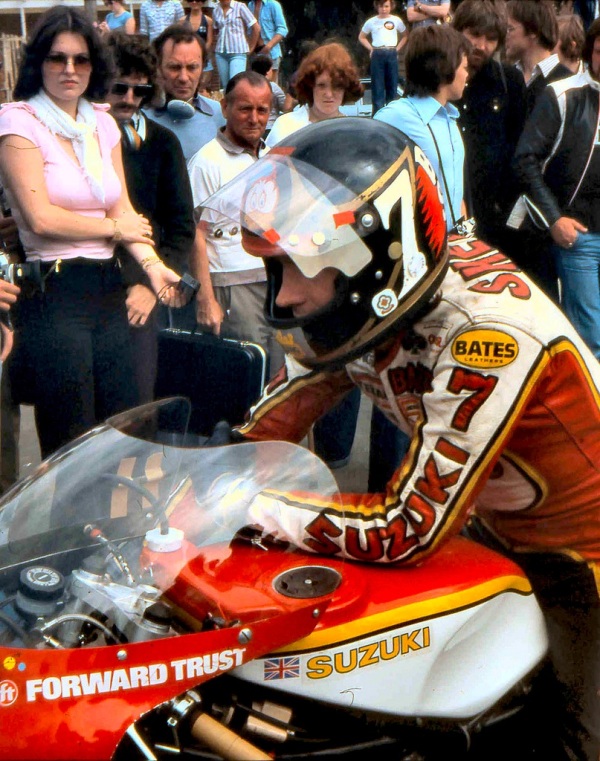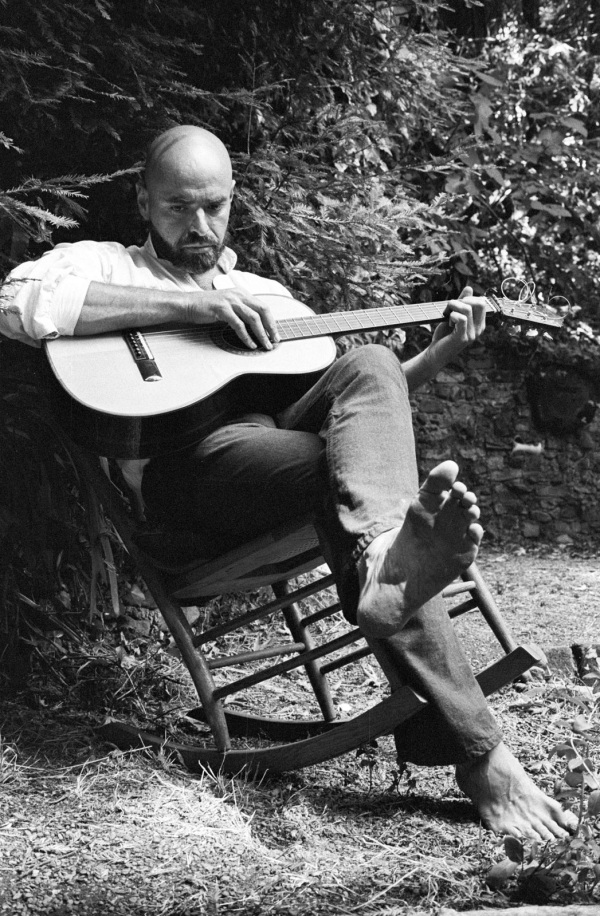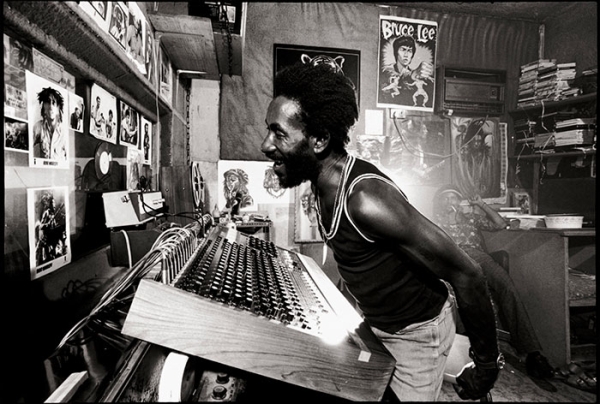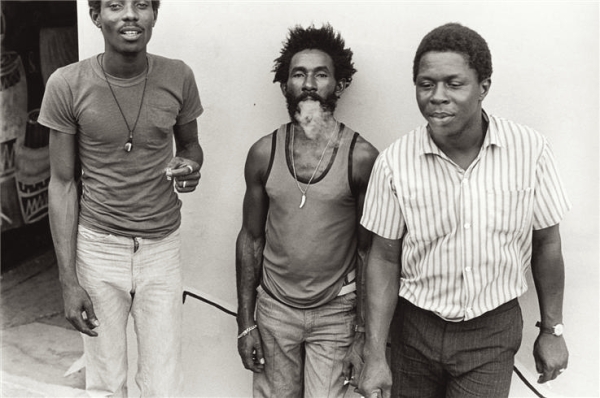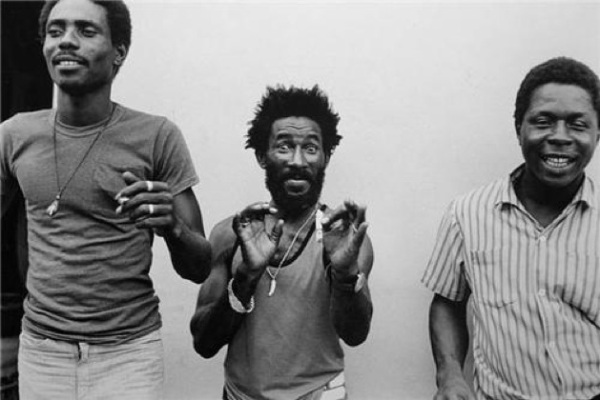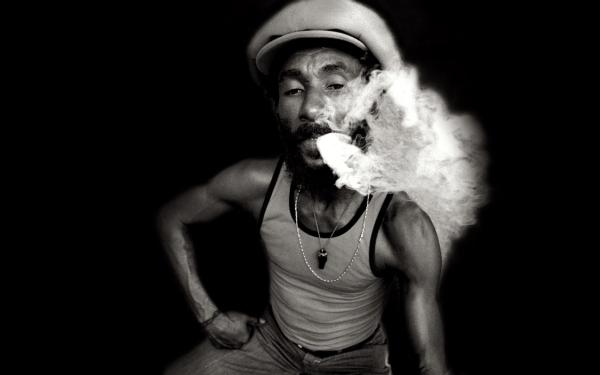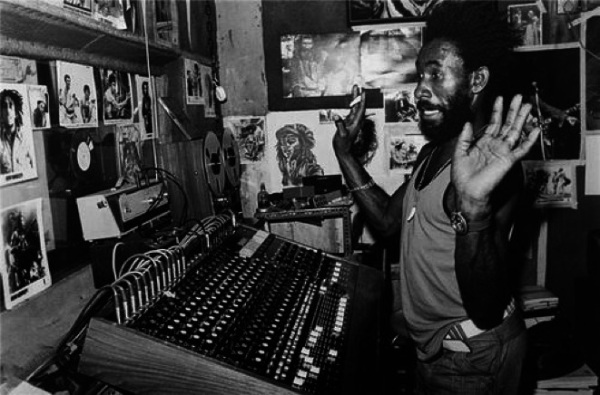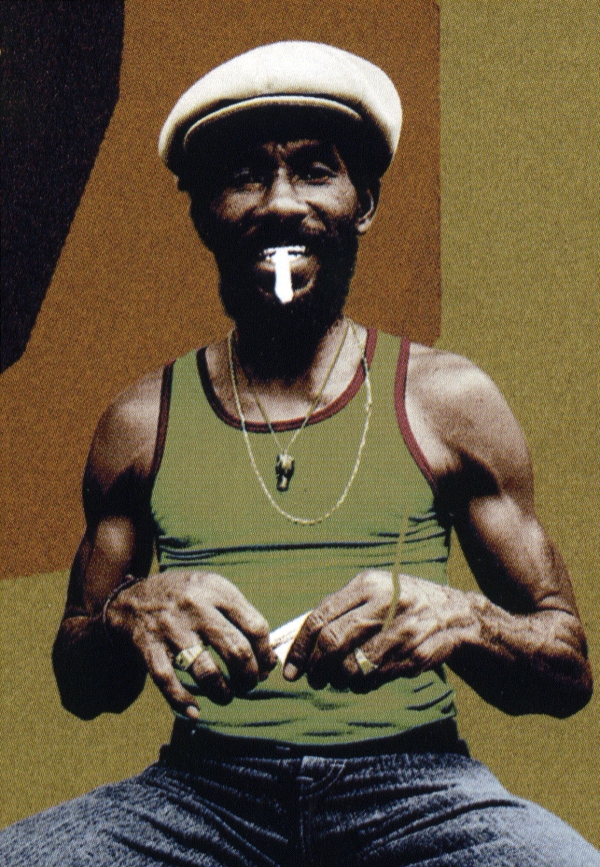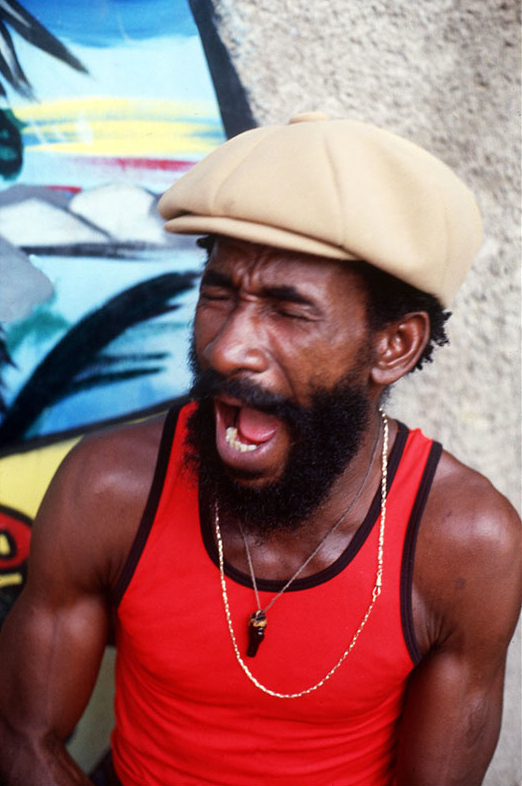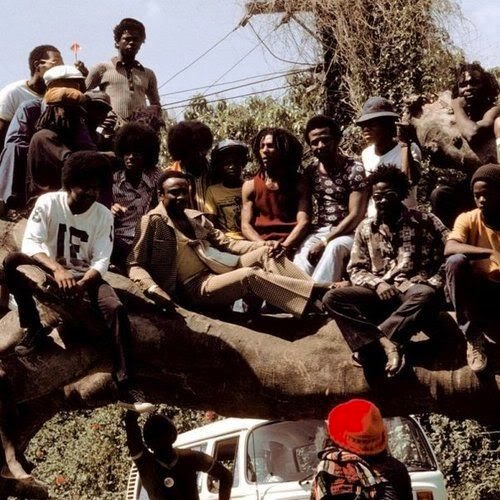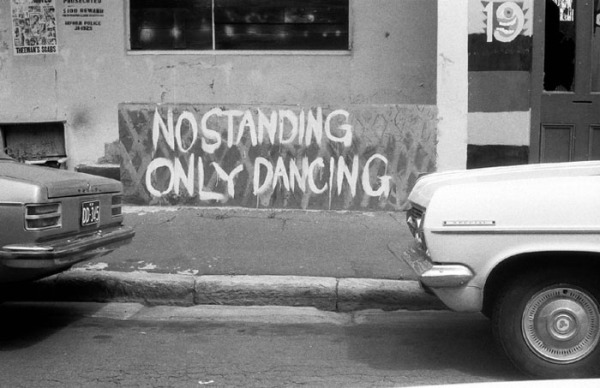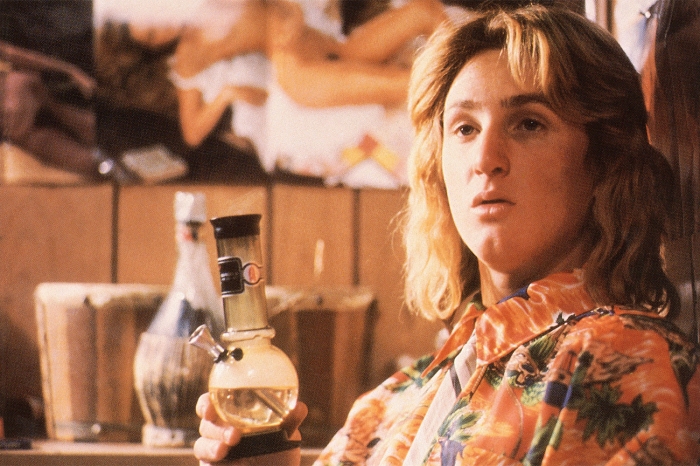-
From the desk of Contributing Editor, Eli M. Getson–
Life has now taken me to the great city of Austin, Texas. You can usually find me walking next to Lady Bird Lake early Saturday morning,completely stuck in my own head, and with my son in tow. He’s a bit of a freak for guitars, and on one of our walks he asked me, “Who is that statue of the man with the guitar?” As we walked closer a smile crossed my face…
It has been twenty years since we lost Stevie Ray Vaughan in a helicopter crash– arguably one of the greatest blues guitarists ever, and one of the greatest musicians to come out of the Austin music scene. He was only 35 when he passed away, and was on a high from being clean and sober for four years. Stevie was making some of the best music of his life and then– gone in an instant.
Stevie Ray Vaughan played in my hometown of Chicago quite a bit while I was growing up. Any serious blues player will tell you that all roads lead to the Windy City– and Stevie was no different. He had a reverence for the blues and its history. Stevie was heavily influenced by Chicago legend Buddy Guy (who along with Albert King, Otis Rush, Lonnie Mack, Johnny “Guitar” Watson, and Jimi Hendrix really sculpted his style) and would show up at Buddy’s club Legends to jam after hours when he was in town. I was lucky enough to see him play there several times. You could tell that Dallas-born Stevie had cut his teeth playing the small clubs around Austin– he really liked that environment and usually played some great stuff. You had to be willing to stay well into the morning hours to catch Stevie jam with Buddy and any number of Chicago’s finest players, but it was well worth it. Well before the days of cell phone cameras and YouTube, most of these sessions will only live in the memory of those of us that were there to witness two of the greatest guitar legends take turns on classics– like Born Under a Bad Sign, Red House, Not Fade Away, and Mannish Boy.
I often pass Stevie’s statue on my Saturday walks, and wonder if others still stop and reflect on his greatness. Do they know how truly special this guy was? Sadly, time has a way of dulling our memory, and we can forget. Man, I hope not. I feel blessed to have seen Stevie play guitar back then. His incredible sound was pure Blues and pure Texas.
Eli M. Getson
-
__________________________________________________________________
-
The legendary Texas Bluesman and guitar great, Stevie Ray Vaughan, going behind the back.
-
-
1983, New York– Stevie Ray Vaughan Performing in Concert –Image by © Lynn Goldsmith/Corbis
-
-
-
-
(Lt.) young SRV (Rt.) 1983, Berkeley, CA– Stevie Ray Vaughan –Image by © © Clayton Call / Retna Ltd./Retna Ltd./Corbis
-
-
It’s said that Stevie Ray Vaughan’s hands were so strong, that playing once, he cracked the neck of his Guild acoustic guitar, seen in the ’90 MTV unplugged special. 1983, NY– Stevie Ray Vaughn Near The World Trade Center –Image by © Deborah Feingold/Corbis
-
-
1980s, Los Angeles, California– guitarist Stevie Ray Vaughan –Image by © Aaron Rapoport/Corbis
-
-
1989, Los Angeles, California– Stevie Ray Vaughan and Jeff Beck –Image by © Aaron Rapoport/Corbis
-
-
1980s, Los Angeles, California– guitarist Stevie Ray Vaughan –Image by © Aaron Rapoport/Corbis
-
-
October 1984, New York– Stevie Ray Vaughn Playing Guitar –Image by © Jacques M. Chenet/Corbis
-
-
(Lt.) ca. 1990– Legendary Stevie Ray Vaughan Playing Guitar –Image by © Steve Jennings/Corbis (Rt.) 1984, New York– Stevie Ray Vaughan Playing Guitar –Image by © Jacques M. Chenet/Corbis
-
-
1984, Dallas, TX– Stevie Ray, and big brother, Jimmie Vaughan, –Photograph by © Tracy Anne Hart
-
-
Stevie Ray Vaughan
-
-
1983, Houston, TX– Young SRV relaxes backstage at Fitzgerald’s in Houston prior to sound check. –Photograph by © Tracy Anne Hart. All rights reserved.
-
-
(Lt.) 1986–SRV signs his own bootlegs (“asking me why!” notes Tracy) outside Sam Houston Coliseum.
(Rt.) 1987– Stevie Ray Vaughan goes Indian –Photographs by © Tracy Anne Hart. All rights reserved.
-
-
1989– The legendary Stevie Ray Vaughan –Photographs by © Tracy Anne Hart. All rights reserved. Stevie Ray Vaughan’s hands of legendary strength were key to the sustain and string bending that makes his sound so unique and incredible. Stevie needed strong hands because he used heavy gauge strings that would tear most peoples hands apart if they played like SRV. Also, story has it that he replaced the stock frets on his no. 1 Strat above with chunkier bass frets for added tone and sustain. He played an original wah wah pedal owned by Hendrix, and was known to play through a rig setup with two wah wahs, using both at once– crazy. –JP
-
-
1983– A young, slim Stevie Ray Vaughan –Photographs by © Tracy Anne Hart. All rights reserved.
-
-
1984, Houston, Texas– Stevie Ray Vaughan and Joe Ely backstage at Fitzgeralds.
-
-
Stevie Ray Vaughan
-
-
1983– Tracy Anne Hart’s 1st Meeting With Stevie Ray Vaughan. –Photograph by © Tracy Anne Hart. “I’d been sent with two writers in tow by a local free new wave paper to photograph the guitar phenom who was about to become David Bowie’s right hand man and leave Oak Cliff behind for good. This small, unassuming Texan stood up there with his battered Strat and his beautiful, huge hands and let loose a flurry of chords that flew around us and enveloped us in… disbelief? Shock? It was the second coming of Hendrix, Muddy Waters, and something so unique and alive there was nothing to compare it to. And this was a sound check? He was playing for us, for his bandmates, Whipper and Tommy, and his man Cutter, he was playing for himself, he was playing for a ride on the train to glory, he was playing because he just couldn’t hold back from the sheer need to wring and wrench those sounds out of his hands, his heart, and his soul. I was in heaven: I’d dreamt of capturing Hendrix on film but I was several years shy of that goal. Here was a man who made me forget I couldn’t be Jim Marshall, that my Leicas had been denied their shot at immortality. This music man would fill that classic 35mm frame with a talent enormous enough to match any headcutter who ever filled a club with his riffs and his voice—he and his instruments’ voices—and sear that sound onto the film and into our brains with an unmatchable intensity. The desire to raise my photography and my (as Ansel Adams would call it) fluency with my instrument near his level was almost unbearable. It was truly the turning point in my work—that special moment when everything becomes clear and sharp and intuitive—and it was because of Stevie Ray Vaughan. Something about him, his playing, the way he gave, made that possible for me. Through some wonderful gift and the size of his spirit, I hear him still. And this, this first witnessing of the sound that shot right through us—this was just a sound check?” –Tracy Anne Hart. via
-
-
-





















































